Question:
How can I obtain pressure contact with a failure at tension between a secondary member and a slightly curved membrane surface?
Answer:
Nonlinear contact between a secondary member and a membrane can be done by a set of member elements between the member and the surface. This requires the member to rest eccentrically in the plane of the compression force resulting from the membrane effect and the connection line of the membrane connection. The geometric distance between the member and the membrane itself has to be oriented to the physical distance between the member axis and the membrane connection.
To ensure that the coupling runs uniformly over the entire coupling length, it is necessary to ensure a uniform arrangement with the same number of FE nodes on the member axis and on the projected contact line on the membrane surface. This distribution and orientation of the FE nodes is achieved by placing the corresponding topology nodes on the member axis and the corresponding contact line on the surface. The distance of the topology node should be selected with regard to the selected mesh grid of the connected membrane surface.
The coupling itself must be designed with a rigid member failing nonlinearly under the compression load between the resulting node pairs. In this case, the specified nonlinearity must be implemented with the member nonlinearity "Failure under tension". The connection of the rigid member in the area of the eccentric member is completely compatible (bending-resistant) and should be carried out with a free translational release in the y/z axis that is related locally to the rigid member axis in the area of the membrane.
Due to the selected nonlinearity and the existing orientation to the compression force resultant in connection with the free translational release, this contact modeling is only able to transfer the compression forces to the connected secondary beam. In case of a suction load, the coupling members fail, and the membrane moves smoothly away from the secondary beam.
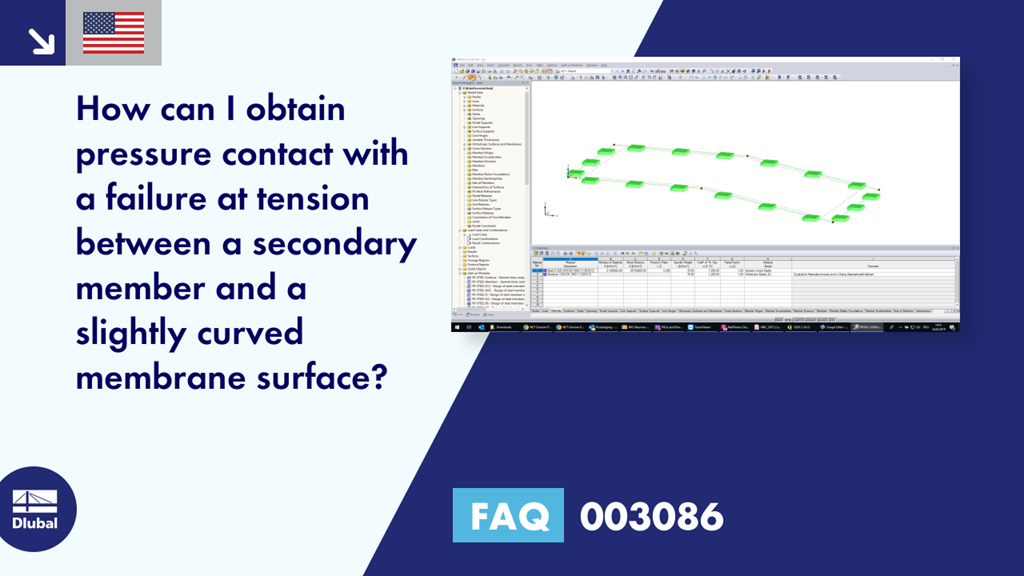















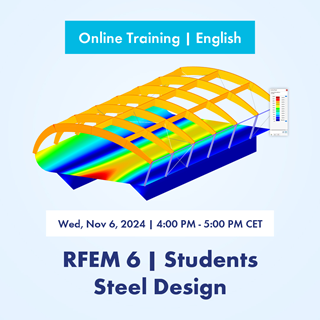
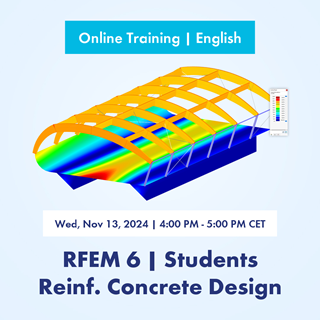


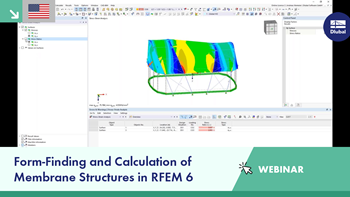















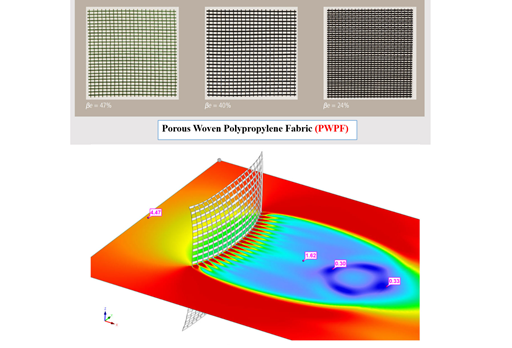
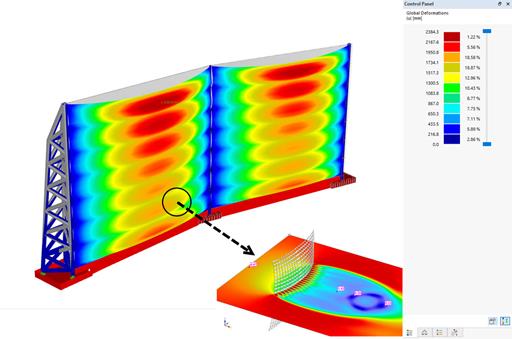






_3.jpg?mw=350&hash=6831ba094e54512b3726fc611ff1b3a3f24436b7)

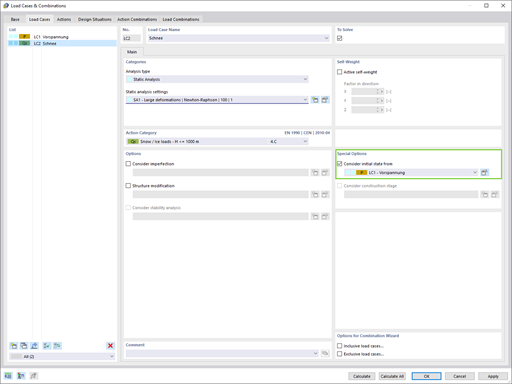



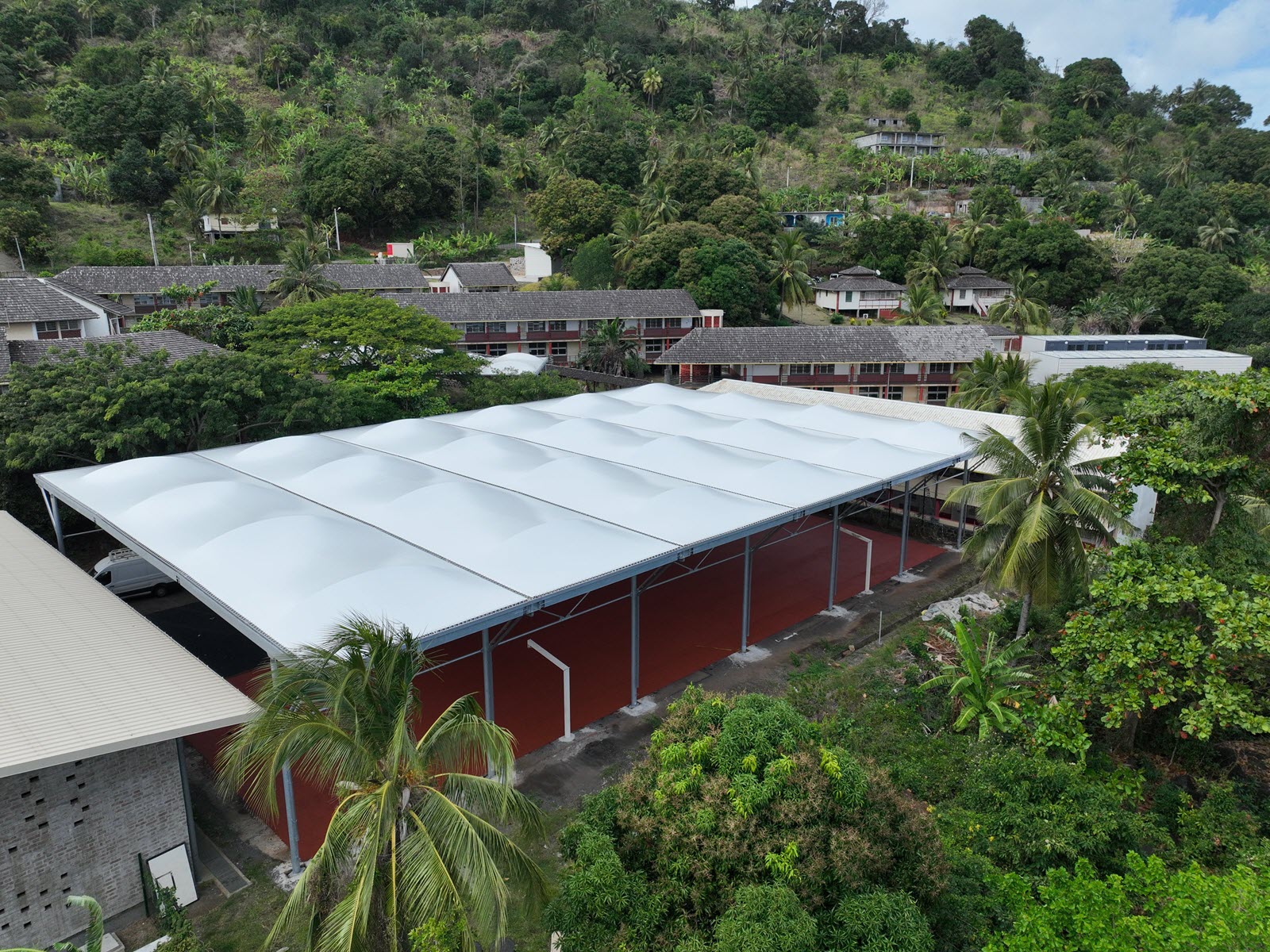.png?mw=350&hash=e3f5898d72f463e9b3e774659aabcb220466c522)

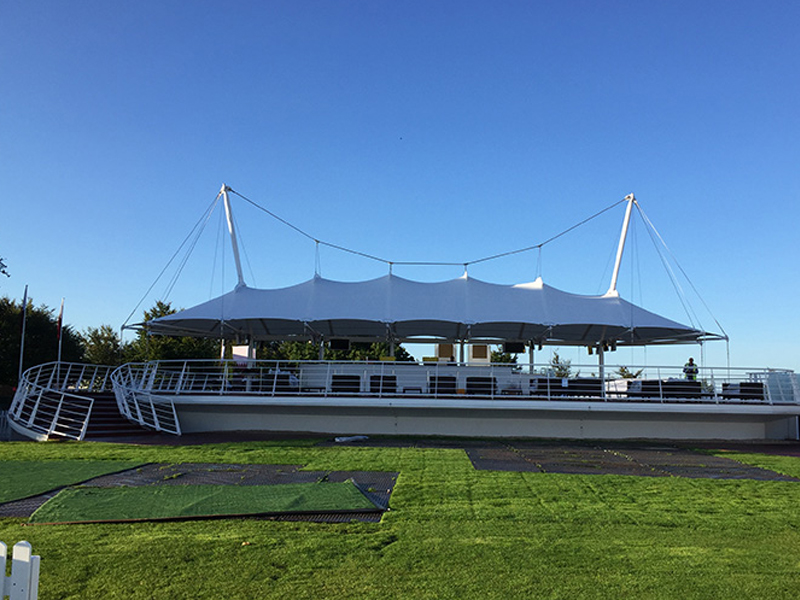.jpg?mw=350&hash=196d91410dd36f58fcc8b0194f4577bb70cf53c3)





















.png?mw=600&hash=49b6a289915d28aa461360f7308b092631b1446e)